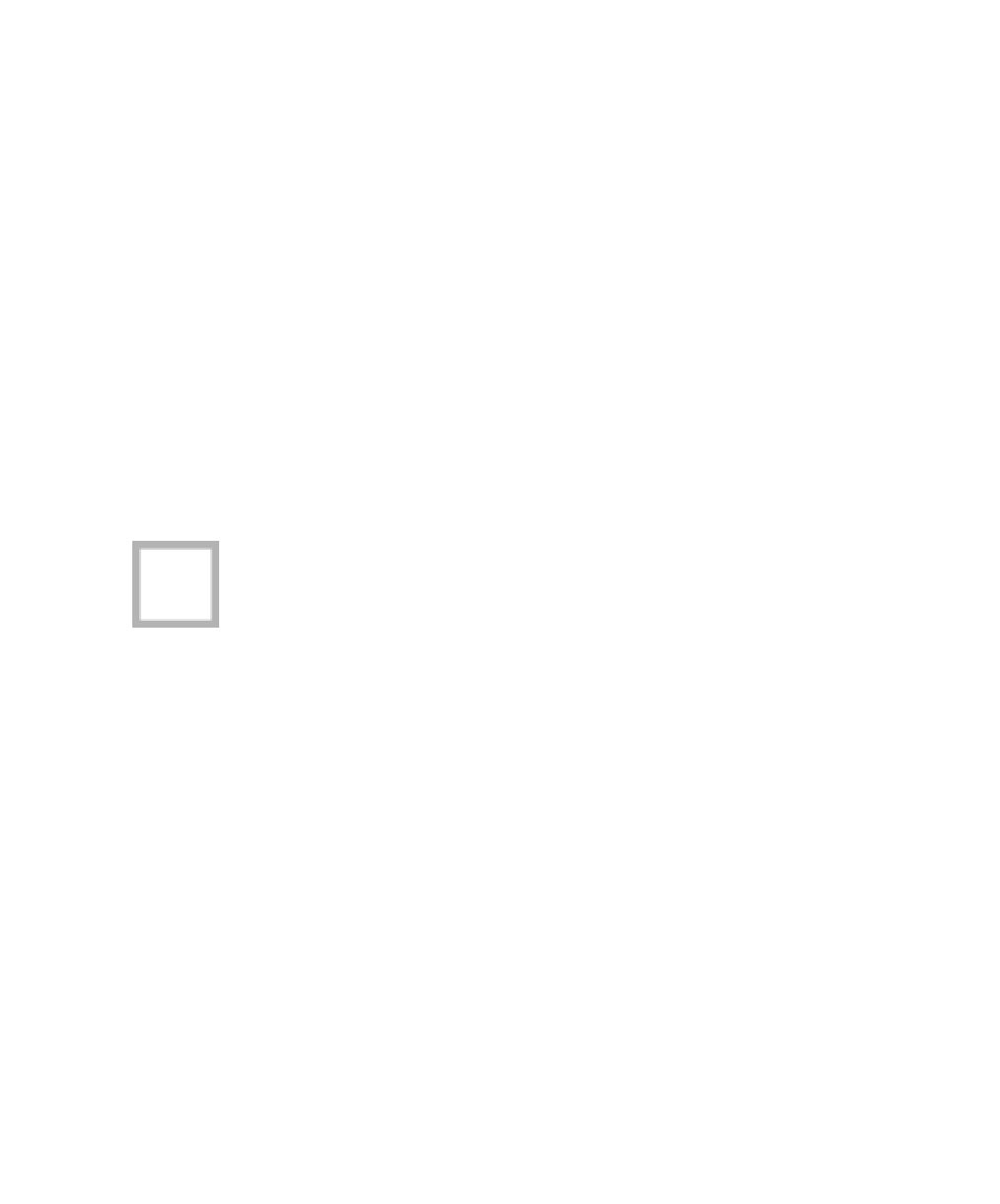Java Reference
In-Depth Information
Factorial.java
The routine shown in Figure 7.10, for computing
factorials.
BinarySearchRecursive.java
Virtually the same as
BinarySearch.java
(in Chap-
ter 6), but with the
binarySearch
shown in
Figure 7.11.
Ruler.java
The routine shown in Figure 7.13, ready to run. It
contains code that forces the drawing to be slow.
FractalStar.java
The routine given in Figure 7.15, ready to run. It
contains code that allows the drawing to be slow.
Numerical.java
The math routines presented in Section 7.4, the pri-
mality testing routine, and a
main
in
RSA.java
that
illustrates the RSA computations.
MaxSumTest.java
The four maximum contiguous subsequence sum
routines.
MakeChange.java
The routine shown in Figure 7.25, with a simple
main
.
TicTacSlow.java
The Tic-Tac-Toe algorithm, with a primitive
main
.
See also
Best.java
.
IN SHORT
7. 1
What are the four fundamental rules of recursion?
7. 2
Modify the program given in Figure 7.1 so that zero is returned for
negative
n
. Make the minimum number of changes.
7. 3
Following are four alternatives for line 11 of the routine
power
(in
Figure 7.16). Why is each alternative wrong?
long tmp = power( x * x, n/2, p );
long tmp = power( power( x, 2, p ), n/2, p );
long tmp = power( power( x, n/2, p ), 2, p );
long tmp = power( x, n/2, p ) * power( x, n/2, p ) % p;
Show how the recursive calls are processed in the calculation 2
63
mod 37.
7. 4
Compute gcd(1995, 1492).
7. 5
Bob chooses
p
and
q
equal to 37 and 41, respectively. Determine accept-
able values for the remaining parameters in the RSA algorithm.
7. 6
Show that the greedy change-making algorithm fails if 5-cent pieces
are not part of United States currency.
7. 7



















Search WWH ::

Custom Search